Rapid Urbanization
The rapid urbanization in India is a crucial driver for the pre engineered-buildings market. As cities expand, the demand for quick and efficient construction solutions increases. Urban areas are witnessing a surge in population, leading to a pressing need for residential, commercial, and industrial spaces. The pre engineered-buildings market is well-positioned to meet this demand due to its ability to provide cost-effective and time-efficient construction methods. According to recent data, urban areas in India are expected to house over 600 million people by 2031, which could significantly boost the market. The flexibility and adaptability of pre engineered buildings make them an attractive option for developers looking to capitalize on this urban growth.
Cost Efficiency and Time Savings
Cost efficiency and time savings are significant factors propelling the pre engineered-buildings market in India. These buildings are designed to minimize construction time and reduce labor costs, making them an appealing choice for developers and investors. The pre engineered-buildings market offers a streamlined construction process, which can lead to project completion in a fraction of the time compared to traditional methods. Reports suggest that projects utilizing pre engineered buildings can be completed up to 50% faster, which is particularly advantageous in a competitive market. This efficiency not only lowers overall project costs but also allows for quicker returns on investment, further driving market growth.
Government Infrastructure Initiatives
Government initiatives aimed at enhancing infrastructure development in India play a pivotal role in driving the pre engineered-buildings market. The Indian government has launched various schemes to improve transportation, housing, and commercial facilities, which necessitate the use of innovative construction methods. For instance, the National Infrastructure Pipeline aims to invest over $1.4 trillion in infrastructure projects by 2025. This investment is likely to create substantial opportunities for the pre engineered-buildings market, as these structures can be rapidly deployed to meet the urgent needs of infrastructure projects. The alignment of government policies with market demands indicates a promising future for the industry.
Rising Demand for Industrial Facilities
The increasing demand for industrial facilities in India is a notable driver for the pre engineered-buildings market. As the manufacturing sector expands, there is a growing need for warehouses, factories, and distribution centers that can be constructed quickly and efficiently. The pre engineered-buildings market provides tailored solutions that cater to the specific requirements of various industries, including logistics, automotive, and pharmaceuticals. With the Make in India initiative promoting local manufacturing, the demand for such facilities is expected to rise. This trend suggests a robust growth trajectory for the pre engineered-buildings market, as businesses seek to establish operations in a timely manner.
Sustainability and Eco-Friendly Construction
Sustainability and eco-friendly construction practices are increasingly influencing the pre engineered-buildings market in India. As environmental concerns gain prominence, builders and developers are seeking solutions that minimize ecological impact. Pre engineered buildings often utilize recyclable materials and energy-efficient designs, aligning with the growing emphasis on sustainable development. The Indian government has also introduced regulations promoting green building practices, which could further enhance the appeal of pre engineered buildings. This shift towards sustainability not only meets regulatory requirements but also attracts environmentally conscious consumers, thereby expanding the market's potential.
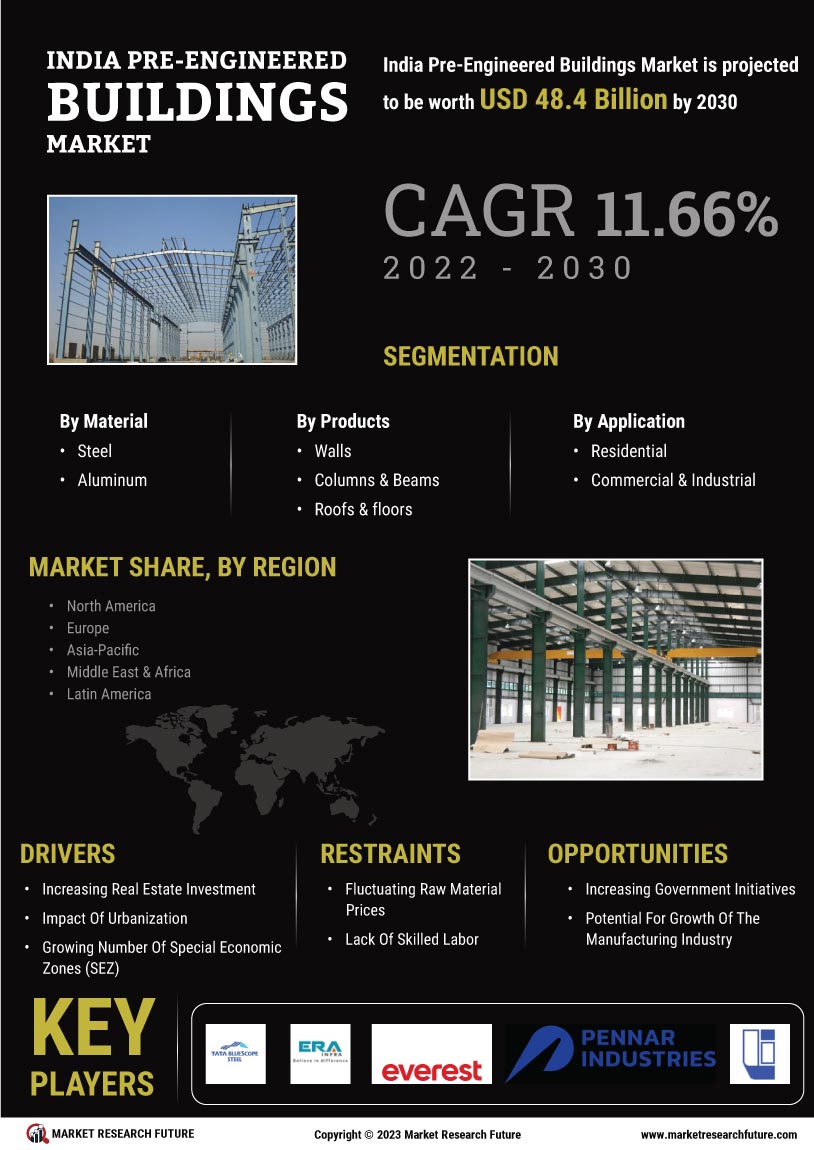

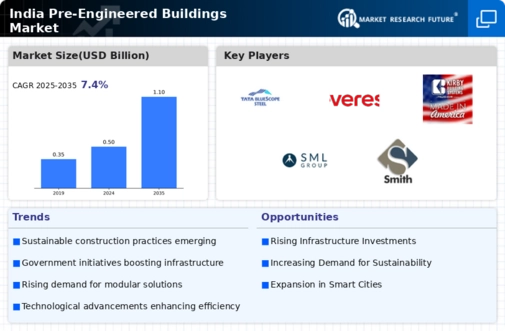
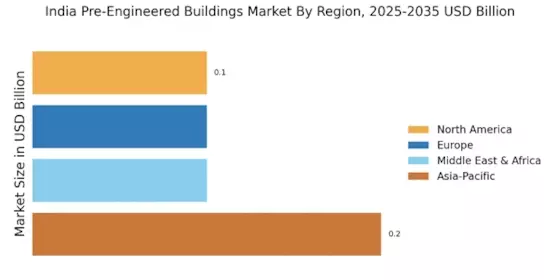

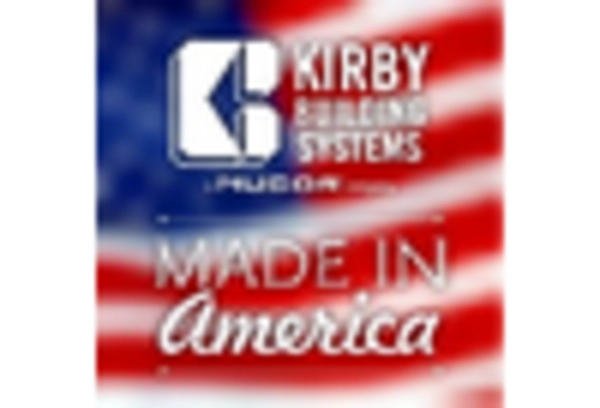

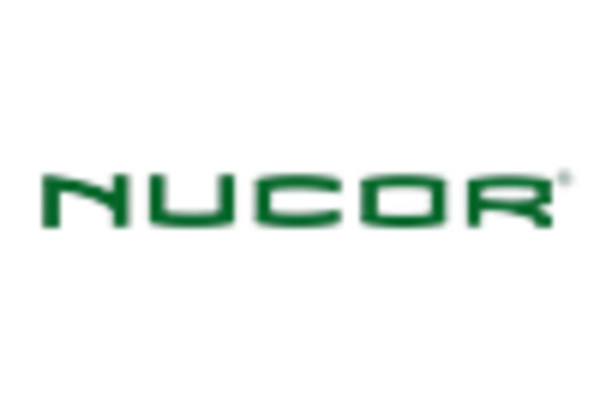
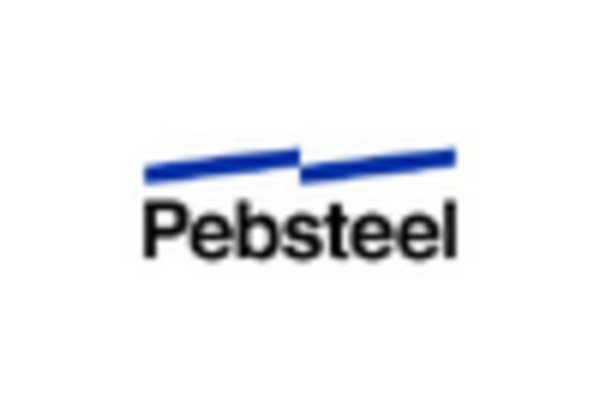
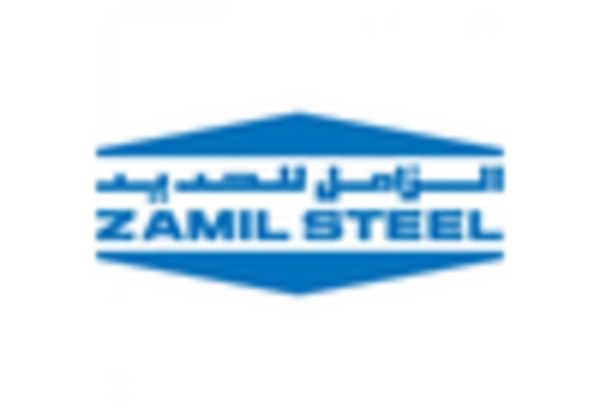








Leave a Comment